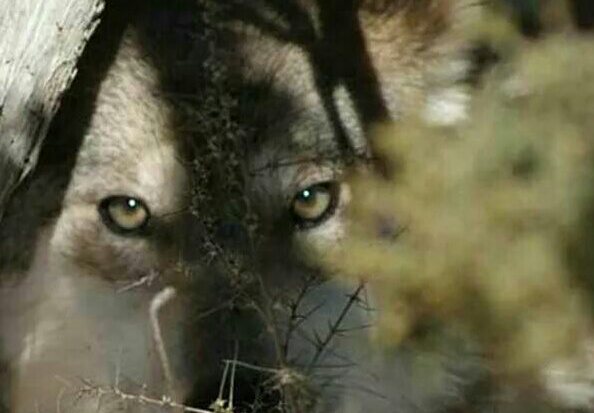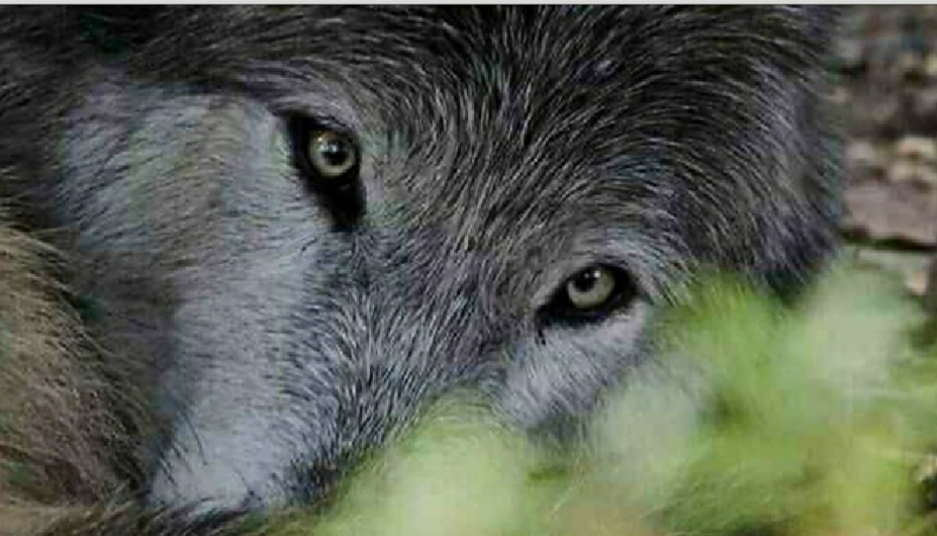Once, during Carter Niemeyer’s time with Wildlife Services in Montana, a sheep rancher asked him whether coyotes killed for revenge. “Of course not,” Niemeyer told him. “Why do you ask?” Wildlife Services had recently mounted an aerial-gunning campaign in the hills around the rancher’s property to strike at coyotes before they could take sheep. The result of the cull, the perplexed rancher explained, was increased depredation.
Rob Wielgus, a wildlife ecologist at Washington State University, has an explanation for this paradox. In 2013, he examined data that showed that the hunting of adult male cougars led to more attacks on livestock by the remaining cat population. “Killing older resident cats resulted in a huge influx of teenage male cats,” Wielgus told me. “The teenage males are the livestock depredators. The older cats were cops that kept the younger troublemakers out.”
In 2014, Wielgus published a similar study of wolves and their attacks on livestock in Idaho, Wyoming, and Montana. He reviewed the number of wolves that were killed annually over twenty-five years and the number of depredations of livestock for each year, and declared that the livestock industry was “not going to be happy” with his conclusion: Kill more wolves, he said, and depredations on livestock increase.
Wielgus believes that lethal assaults on predators produce social chaos in their populations. “We’ve now seen this in grizzlies, black bears, cougars, leopards, and wolves. Social disruption is a huge negative effect. Why is the livestock lobby unhappy with this? Because they want to kill predators. They cannot believe the scientific evidence. They’re convinced that the only good predator is a dead predator.”
Niemeyer had told me to read the work of Robert Crabtree, an ecologist and the founder of the Yellowstone Ecological Research Center. Crabtree found that more coyote pups within a given litter survive if their numbers are culled. Not only are there more attacks on livestock following lethal control of coyotes — there are also more coyotes. Wildlife Services has killed nearly a million coyotes during the past decade, but the number of coyotes in the seventeen Western states today has remained the same.
“We keep family units broken up, leading to a lot of dispersal, a lot of subadult coyotes moving into other country after their families are broken, and younger coyotes breeding sooner than they would if they weren’t thrown into being alone,” Niemeyer said. “It’s all very self-serving for the Wildlife Services program. You create steady work by steady persecution.”
In 1998, Peter DeFazio sponsored an amendment to reduce funding to Wildlife Services by $10 million, from a total budget of $50 million. The bill passed in the House by a vote of 229 to 193. Then the American Farm Bureau went into action, bombarding members with phone calls and faxes. House Republican Joe Skeen, a New Mexico stockman whose ranch had been visited ninety-nine times by Animal Damage Control agents between 1991 and 1996, led the assault on the amendment. Within twenty-four hours, the House took the unusual step of revoting the bill. Thirty-eight lawmakers switched their votes from yes to no. “I’ve seen such a revote happen perhaps a half-dozen times in twenty-one years in Congress,” DeFazio told me.
In 2011, he tried again. He sponsored an amendment to the House agriculture appropriations bill to cut $11 million from Wildlife Services’ budget. The amendment, which would have returned the money to the federal treasury for deficit reduction, was endorsed by Taxpayers for Common Sense, the Humane Society, and the Natural Resources Defense Council. It was defeated.
In 2012, DeFazio introduced a bill called the Compound 1080 and Sodium Cyanide Elimination Act, which would have banned the deployment of sodium cyanide for predator control and the use of Compound 1080 for any purpose. The bill died in committee.
Jonathan Lovvorn, the chief counsel at the Humane Society of the United States, says that he has tried and failed to rein in Wildlife Services through the court system. The agency’s statutory mandate “just says, ‘Kill wildlife,’ without any restrictions,” he told me. “There really is no law to apply that might restrain the agency, even with a sympathetic judge.”
Recently, I spoke on the phone with Brooks Fahy, the executive director of Predator Defense, a nonprofit group based in Oregon. Fahy has spent more than thirty years monitoring Wildlife Services. He doesn’t see much hope. “The political power of livestock is too strong,” he said. I asked Fahy about the Wildlife Services Reform Act, which DeFazio drafted but failed to propose in the last session. It would have banned aerial gunning, along with the use of neck and foot snares and M-44 cyanide devices, and mandated the housing of livestock behind barriers during lambing and calving season. It would have also required that “all available and viable nonlethal management and control methods” be attempted before lethal control is implemented. The nonlethal methods include electric fencing to shock and dissuade predators; “harassment and scaring devices,” namely “pyrotechnics and noisemakers, trained dogs, effigies, electronic devices such as recorded distress calls”; and “lights such as spotlights, strobe lights, and lasers.”
The bill itself was a compromise, fashioned to be politically acceptable to ranching interests by promoting the idea that livestock and predators can coexist on public lands. Fahy was skeptical. “We can have more fencing, sirens, and strobe lights,” he said, “but at what cost to the ecosystem and the wildlife?” And in the end it may be, as John Peavey’s experience suggests, that these measures will not work. Wolves, after all, were designed to eat sheep.
In the meantime, the lethal-control methods continue to bear unintended consequences. In 1998, Bill Guerra Addington, a third-generation Texan, tripped an antiquated M-44 that was designed to fire a .38 Special cartridge. He nearly lost his hand to the bullet. “I equate these predator-killing devices to land mines designed to kill people,” he wrote in a letter to DeFazio. In 2003, Dennis Slaugh, a rockhound from Vernal, Utah, pulled at an M-44 out of curiosity and was sprayed in the face with white poison dust. He began vomiting and rushed to a hospital. The cyanide has lingered in his system and is slowly starving his body of oxygen.
Brooks Fahy said that he has received several hundred reports from pet owners about the disappearance of dogs and cats owing to what the owners claim were Wildlife Services activities. He told me the story of a pit bull named Bella, who was killed in Texas, in 2011, by an M-44 trap. The trap was placed less than a thousand feet from the doorstep of Angel and J. D. Walker, the dog’s owners. According to Fahy, the trapper had received special permission from Wildlife Services to kill coyotes outside his normally assigned duty areas as a favor to his father, who leased ranchland adjacent to the Walkers’ property. The Walkers found Bella dead ninety feet from the trap. Her mouth was bloody. She had vomited. “She had a horrible, weird smell, not just a death smell,” said Angel.
The Walkers buried their dog, and the next day they complained to Michael J. Bodenchuk, the agency’s Texas director. “He never responded to us at all,” said Angel. The following week, the local trapper reset the M-44s that he had placed near the Walkers’ house, including the one that had killed Bella. One afternoon, returning home from school with her sons, Angel found three freshly killed coyotes hung on the fence along the road, with wire tied around their necks. She considered it a message from Wildlife Services.
Originally published here.
Feature image of coyote pups: Design Pics / David Ponton
Inset Illustration: Danijel Žeželj


